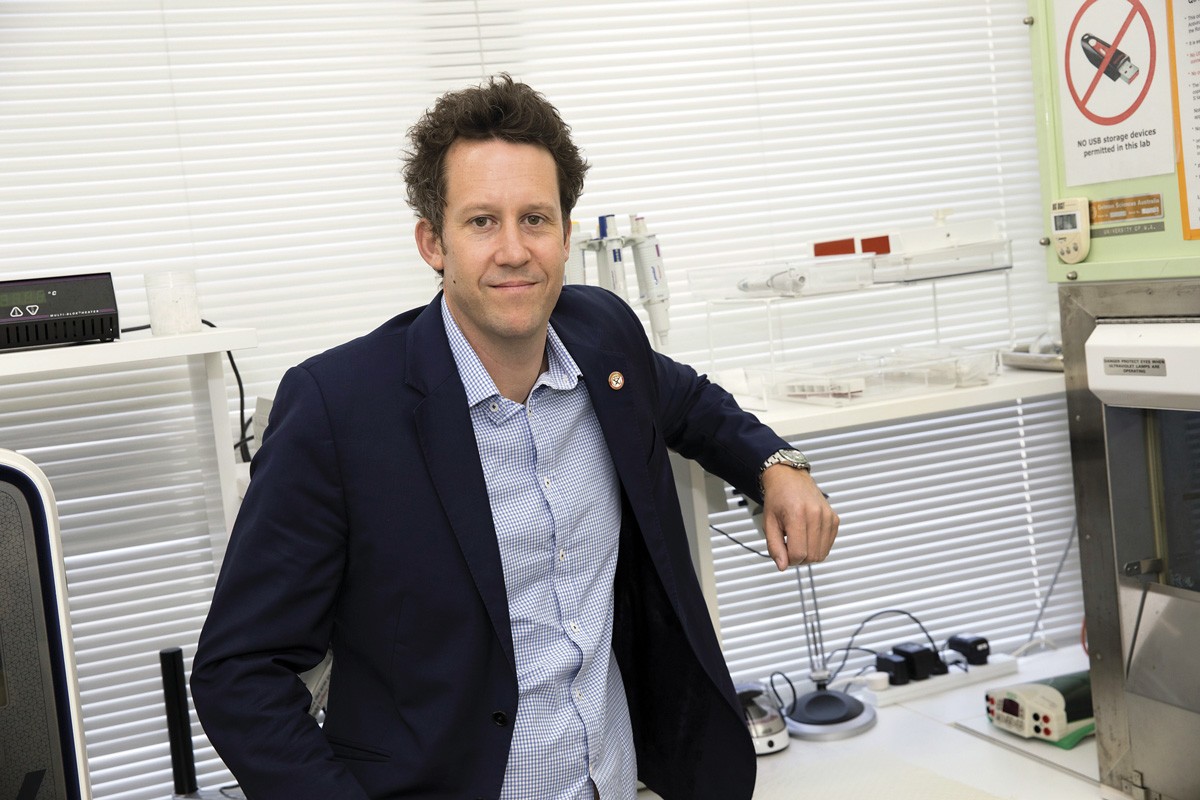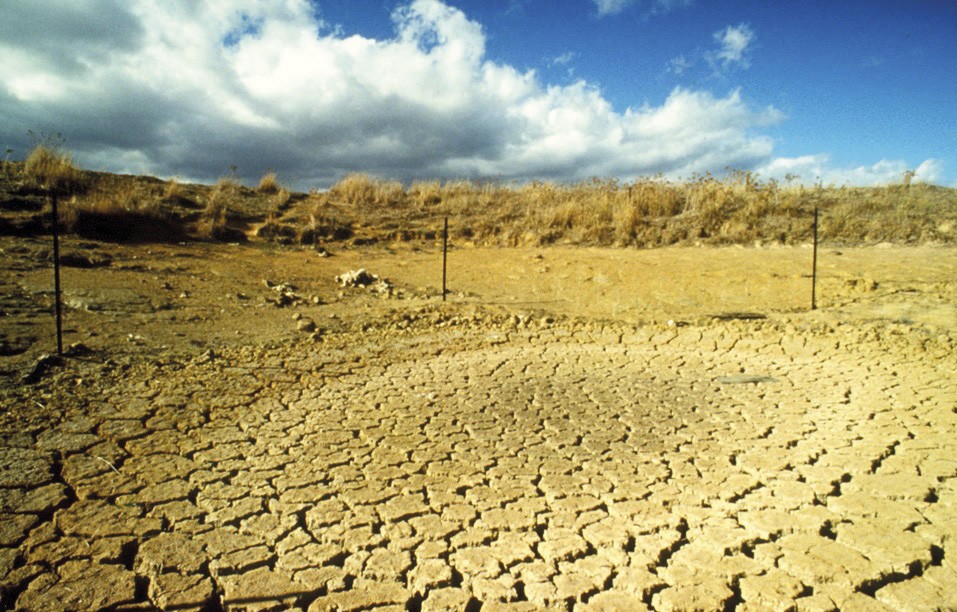Artificial womb breakthrough

Researchers from WA’s Women and Infants Research Foundation (WIRF), UWA and Tohoku University Hospital in Japan were rewarded for their ingenuity when their project to create an artificial womb as a pioneering medical intervention to save extremely premature babies (22-23 weeks), achieved accolades from the NHMRC. The EVE Therapy which uses an amniotic fluid bath linked to an artificial placenta has shown that premature lambs continue to grow during the two week-long incubation, and show no ill-effects when they are later delivered. Head of WIRF’s Perinatal Research Laboratories and Local Chief Investigator, A/Prof Matt Kemp (pictured), said the Category 7 NHMRC result was great reward for the entire project team and represents a significant milestone in the technology’s future implementation into clinical use.
Cost of the Big Dry
 A UNSW report says the “world’s water supply is shrinking”. The culprit is the drying of soils according to an exhaustive global analysis of rainfall and rivers in 160 countries. Drier soils soak up more of the rain, so less makes it as flow into rivers. For every 100 raindrops that fall on land, only 36 drops are ‘blue water’ – the rainfall that enters lakes, rivers and aquifers and is extracted for human needs. The remaining two thirds of rainfall is mostly retained as soil moisture – known as ‘green water’ – and used by the ecosystem. Drier soils, coupled with the contraction in the geographical spread of each storm event, means extreme rainfall in non-urban places is not resulting in necessary flooding to refill dams. One suggestion is to re-engineer water systems where water supply is shrinking – decrease water-intensive farming, while expanding reservoir storage capacities. Places such as Arizona and California receive barely 400mm of rain each year, but have engineered their water supply systems to make previously uninhabitable places liveable. Scientists urge that the cost of inaction could be disastrous. Global economic losses are expected to double from $20 billion over the next 20 years.
A UNSW report says the “world’s water supply is shrinking”. The culprit is the drying of soils according to an exhaustive global analysis of rainfall and rivers in 160 countries. Drier soils soak up more of the rain, so less makes it as flow into rivers. For every 100 raindrops that fall on land, only 36 drops are ‘blue water’ – the rainfall that enters lakes, rivers and aquifers and is extracted for human needs. The remaining two thirds of rainfall is mostly retained as soil moisture – known as ‘green water’ – and used by the ecosystem. Drier soils, coupled with the contraction in the geographical spread of each storm event, means extreme rainfall in non-urban places is not resulting in necessary flooding to refill dams. One suggestion is to re-engineer water systems where water supply is shrinking – decrease water-intensive farming, while expanding reservoir storage capacities. Places such as Arizona and California receive barely 400mm of rain each year, but have engineered their water supply systems to make previously uninhabitable places liveable. Scientists urge that the cost of inaction could be disastrous. Global economic losses are expected to double from $20 billion over the next 20 years.
Regional developments
The last of the big hospital spend is coming to fruition with the opening at the end of 2018 of the new Onslow Hospital and the redeveloped Wyalkatchem-Koorda Health Service. The Onslow hospital has an expanded emergency department with three acute care bays and one resuscitation bay; a six-bed inpatient unit, a medical imaging room and a new dental clinic. It has been partly funded by the Chevron-operated Wheatstone Project, as part of its $250 million commitment to upgrading Onslow’s social and critical infrastructure. The $4.2 million Wyalkatchem-Koorda Health Service redevelopment includes a new activity room, refurbished patient bathrooms, a new consult room and private triage room adjacent to the emergency department.
ACCC watching insurers
The ACCC annual report into private health insurance has found that more people were either abandoning their private health insurance policies or downgrading to lower-cost, lower-benefit products as premium increases continue to outpace inflation and wage growth. The report warned private health insurers that in the light of the mandatory policy adjustments to take effect on April 1, they must provide clear, prominent and timely communication with customers regarding changes. If they don’t the ACCC will be watching. By the numbers, in 2017-18, consumers paid about $23.9 billion in private health insurance premiums, an increase of almost $834 million or 3.6% from 2016–17. Hospital benefits paid by health insurers was $15.1 billion and the amount of extras treatment benefits paid was $5.2 billion. As of June 2018, 45.1% of the Australian population held hospital-only or combined health insurance cover, a decrease of 0.9 of a percentage point from June 2017. The proportion of the population holding extras-only policies increased from 8.9% in 2017 to 9.2% in June 2018. About 88% of in-hospital treatments were delivered with no gap payments while the average out-of-pocket expenses from hospital treatment increased by 3.3%.
Sharing data for research
An interesting report came across the desk recently by researchers from Capital Markets Co-operative Research Centre (CMCRC), Digital Health CRC and Research Australia into the poor data linkage opportunities for Australian researchers. Flying Blind suggests that the good research being done by the 340 research organisations across the country never reach translational potential because of the blurry, bureaucracy of obtaining linked data. They write that this problem does not stem from consumer unwillingness to participate in health research or a lack of technological capacity but rather stultifying risk aversion and fragmentation. “Until we release data for research we are holding back on active industry involvement and technological innovation,” they write. Data security, privacy and confidentiality were not the monopoly of Australians, and many countries such as the US and the UK have developed data governance frameworks and policies that enable efficient data release for research and research translation to policy and practice.

